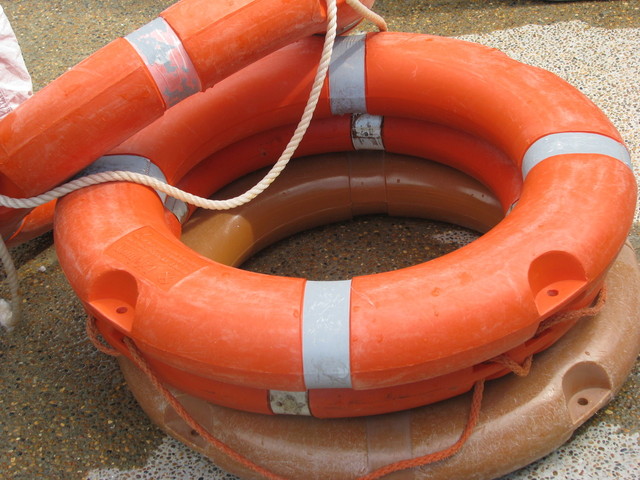
Don’t Be a Fool; Stay Safe in your Pool!
With the warm weather here, it’s time for friends and family to get together, grab the pitchers of lemonade and sweet tea, fire up the grill, and hit the pool. There’s nothing more perfect than being with loved ones in the sun and cooling off in the water. But before you dust off the noodles and the water wings, brush up on your pool safety so that your family fun stays perfect and nothing but.
According to the American Red Cross, over 200 young children drown in backyard swimming pools each year. Make pool safety a priority, and follow the guidelines below:
– Use appropriate barriers to secure your pool. Make sure the pool is completely surrounded with a 4-foot high fence or other barrier that has a self-closing, self-latching gate.
– Place a safety cover on the pool or hot tub when not in use, and remove any steps or ladders used to access the pool.
– Consider installation of a pool alarm that will alert you if anyone enters the pool.
– All children should be under active supervision at all times. Young children should stay in arm’s reach of an adult. Designate a responsible person to watch the water whenever anyone is in the pool, and never allow anyone to swim alone.
– Provide young or inexperienced swimmers a U.S. Coast Guard-approved life jacket.
– Each household member should know how to swim well. Enroll family members in age-appropriate water orientation and learn-to-swim classes.
– Drowning victims can go unnoticed for minutes, even hours, due to murky water obscuring the pool bottom. Water clarity is particularly important in early detection of a potential drowning situation. Keep your pool or hot tub water clean and clear. Maintain proper chemical levels, circulation, and filtration. Maintain water clarity such that a black disc six inches in diameter is readily visible when placed on a white field at the deepest point in the pool.
– Do not allow any horseplay near the pool. Be clear on the rules of your pool and enforce them always. For example, “no diving,” “stay away from drain covers,” “swim with a buddy,” “no running,” etc.
– Each household member needs to know how to respond to an emergency by having appropriate safety equipment, and by taking courses on first aid and CPR.

